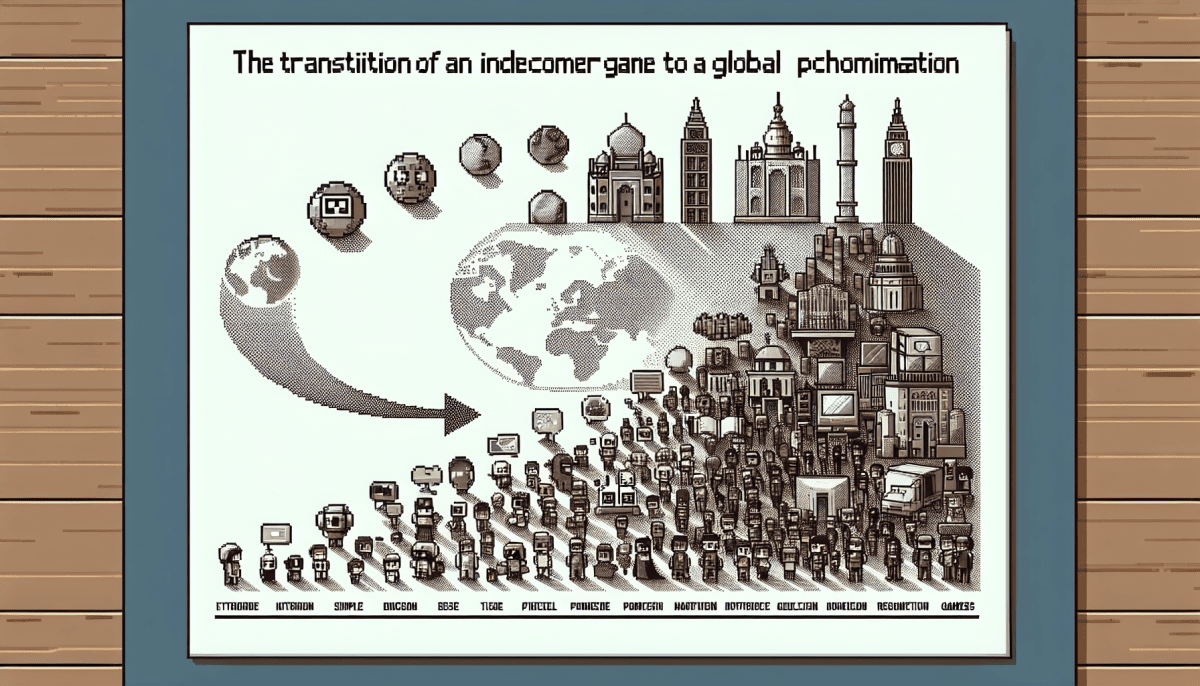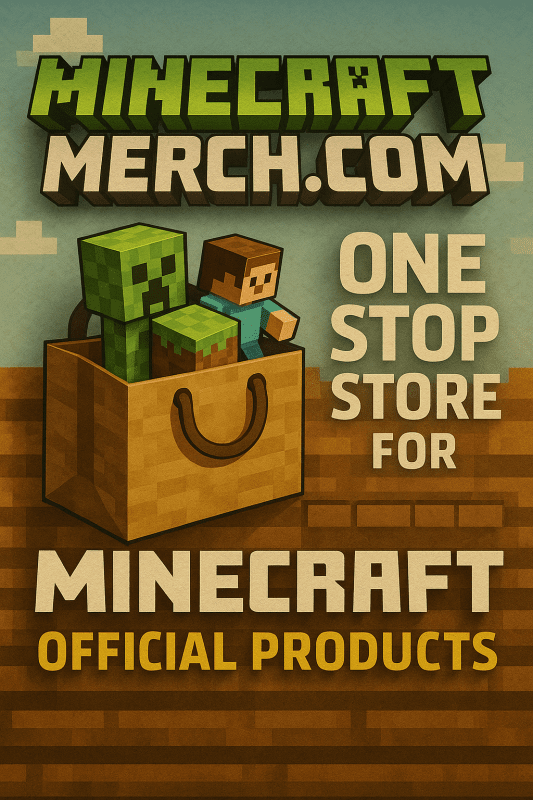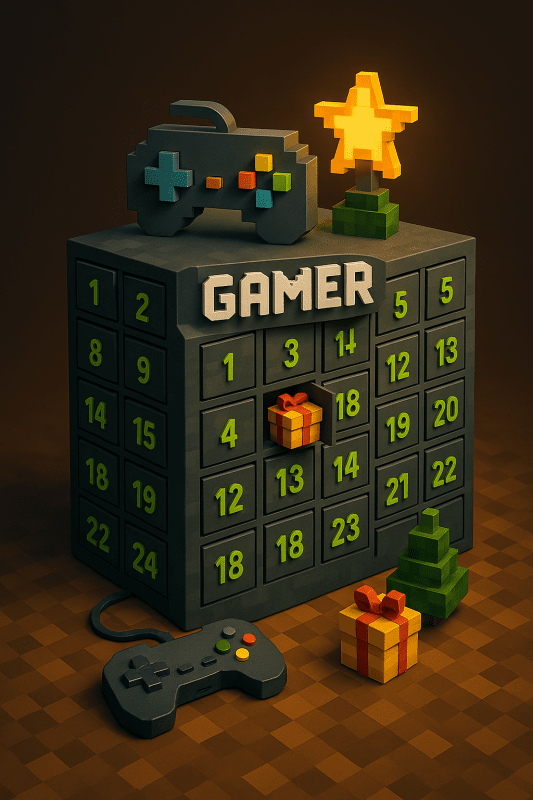One of the defining features of indie games is their diversity. Unlike large studios that tend to stick with tried-and-true formulas, indie developers explore various genres and themes that resonate with different players. Titles such as "Undertale," "Hollow Knight," and "Stardew Valley" have captivated gamers with their artistic styles, emotional narratives, and engaging gameplay mechanics. These games often focus on personal experiences, providing players with meaningful connections and fresh perspectives.
Moreover, the rise of social media and streaming platforms has played a significant role in promoting indie games. Influencers and content creators showcase their favorite titles to millions of viewers, often turning lesser-known games into overnight successes. Viral moments and community support can catapult an indie game to the top of the charts, illustrating how the gaming community is deeply invested in the success of these projects. As players rally around indie titles, they help foster a vibrant culture of discovery and appreciation for unique gaming experiences.
Creating Compelling Gameplay Experiences
Creating captivating gameplay experiences is at the heart of every successful game, especially when transitioning from an indie project to a global phenomenon. The key lies in crafting mechanics that are not only fun but also engaging and rewarding. Game developers should strive to bring a unique twist to standard gameplay elements. By blending familiar concepts with innovative features, players are drawn into a world that feels both accessible and fresh.
Storytelling plays a crucial role in enhancing gameplay experiences. A compelling narrative immerses players, allowing them to connect with characters and their journeys. Whether it’s a rich backstory or dynamic interactions, a well-told story can elevate the importance of gameplay decisions. This connection keeps players invested in the game, encouraging them to explore every nook and cranny of the game's universe.
Player feedback also significantly influences gameplay experience. Listening to the community allows developers to iterate and improve upon their games. Mechanics that may seem engaging in theory might need adjustments after real-world testing. Regular updates, expansions, or even community-driven events can transform a once solitary experience into a vibrant, shared journey, fostering a strong sense of community among players.
Finally, aesthetics should not be overlooked. Visuals, sound, and art style contribute to the overall atmosphere of the game. An appealing aesthetic can enhance storytelling and game mechanics, making the experience more memorable. When players enjoy not just the gameplay but also the world around them, they're more likely to share that experience, helping the game gain traction in the wider gaming community.
Building a Community of Fans
One effective way to foster this community is through social media platforms. Creating dedicated accounts for the game allows developers to share updates, behind-the-scenes content, and respond to fan inquiries. Platforms like Twitter, Instagram, and Discord enable direct interaction and can help players feel more involved in the development process. Regular communication makes fans feel valued, leading them to champion the game more passionately.
Moreover, hosting events such as beta testing or community play days can enhance the connection between developers and players. These events offer fans a chance to engage with the game before its official launch and provide invaluable feedback. When players see their suggestions being considered, they feel a sense of ownership and pride in the game's success. Additionally, showcasing fan art or player highlights on official channels celebrates the community and encourages creativity.
Lastly, building a community requires nurturing a positive environment where players can connect and share their experiences. Forums and online groups can provide a space for discussions, shared experiences, and collaboration. When fans feel that they belong to a vibrant community, they are more likely to spread the word about the game, contributing to its growth and success. This cycle of engagement ensures that indie games not only survive but thrive on a global stage.
Going Global with Marketing Strategies
One effective strategy is to localize not only the game itself but also the marketing materials. This means translating your game's language, but also adapting your artwork, promotional content, and in-game references to suit different regions. Remember, what works in one country may not work in another. By embracing cultural nuances, you’re showing potential players that you respect and understand their culture, which increases their likelihood of engaging with your game.
Social media platforms play a crucial role in global marketing. Creating buzz around your game through platforms like Twitter, Instagram, and TikTok can help you connect with international audiences. Utilize hashtags, engage with users in their native languages, and consider collaborating with local influencers. These influencers can help you tap into established communities and provide authentic endorsements that can elevate your game's visibility.
Additionally, participating in global gaming events and online expos can open doors to an international audience. Sharing your game with gamers at events like PAX, Gamescom, or GDC allows you to build relationships with other developers, publishers, and distributors. If attending isn’t feasible, consider virtual showcases, where you can still reach a global audience without the costs associated with travel.



